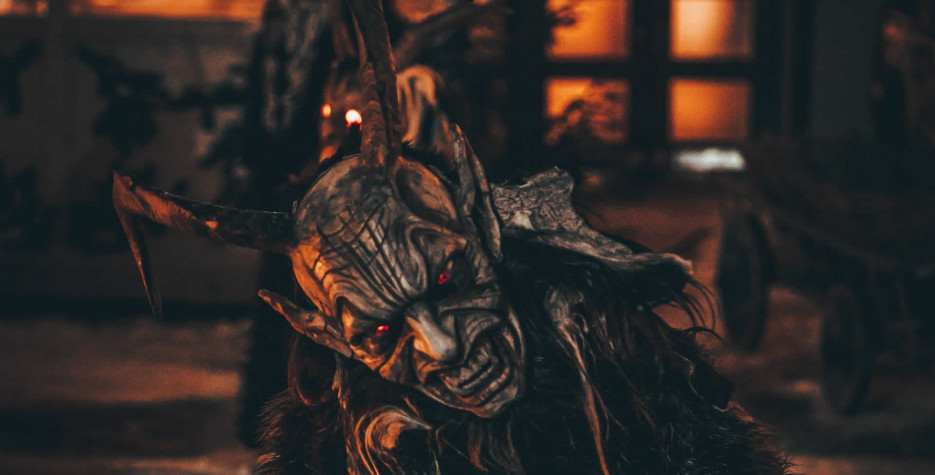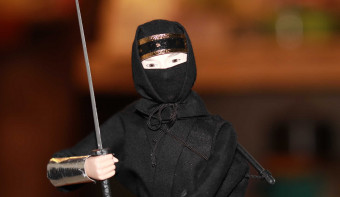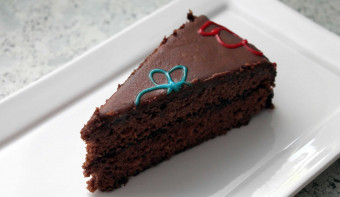About Krampus Night
| How long until Krampus Night? | |||
|---|---|---|---|
| Krampus Night . | |||
| Dates of Krampus Night | |||
|
2026 Austria
Saturday, December 5th
2025 Austria
Friday, December 5th
2024 Austria
Thursday, December 5th
2023 Austria
Tuesday, December 5th
2022 Austria
Monday, December 5th
| |||
| Summary | |||
| In Germany, Austria and various parts of Europe, Krampus arrives with St. Nicholas the night before the feast on December 6th to punish misbehaved children. | |||
| Local name | |||
| Krampusnacht | |||
| Krampus Night in other countries | |||
| Krampus Night internationally | |||
When is Krampus Night?
Krampusnacht, or Krampus Night, traditionally takes place on December 5th, the night before the feast of Saint Nicholas. During this night, people dress up as Krampus and roam the streets, participating in parades and festivities that celebrate the dual nature of the holiday season.
In many parts of the world, Christmas is synonymous with the joyous arrival of Santa Claus, who rewards well-behaved children with gifts. However, nestled in the folklore of Central European countries like Austria, Germany, Slovenia, and Hungary, there exists a contrasting character—Krampus—a menacing horned creature associated with the darker side of the holiday season.
The Origins of Krampus:
Krampus is believed to have emerged from pre-Christian Alpine traditions and pagan folklore. His appearance varies but commonly includes characteristics such as fur-covered bodies, horns, cloven hooves, and long, pointed tongues. Krampus wields chains and a bundle of birch sticks. Legend said that he would hit naughty children with the sticks and sometimes even carry them away in his sack to the underworld.
Often depicted as a demonic figure, Krampus is the antithesis of the benevolent Saint Nicholas.
Rooted in Germanic folklore, particularly in Alpine regions like Austria, Germany, and Switzerland, Krampus is said to be a demonic creature who punishes misbehaving children. At the same time, Saint Nicholas rewards the well-behaved with gifts.
The name "Krampus" is derived from the Old High German word "Krampen," meaning claw, reflecting the creature's beastly appearance. His primary role is to punish naughty children, contrasting with St. Nicholas, who rewards the well-behaved with gifts.
Krampus Night Traditions:
Krampus Night is marked by various customs and rituals that have been passed down through generations:
Krampus Parades: One of the most striking features of Krampusnacht is the Krampuslauf, or Krampus run. Participants don elaborate Krampus costumes, complete with bells, chains, and frightening masks, parading through towns and villages, sometimes accompanied by St. Nicholas. The roaring and bell-ringing are believed to ward off evil spirits.
Frightening the Naughty: During these parades, Krampus frightens onlookers and misbehaving children by rattling chains and brandishing switches. It's believed that the fear instilled by Krampus serves as a warning to children to behave throughout the year.
Gifts and Merriment: Despite the ominous presence of Krampus, the evening often includes elements of celebration. Some regions have adapted the tradition to incorporate gift-giving and feasting, combining the darker aspects with the joyous spirit of the holiday season.
Krampuslauf Contests: In recent years, some towns have organized Krampuslauf contests where participants showcase their most intricate and terrifying costumes, fostering a sense of community and competition.
The Modern Resurgence:
The concept of Krampus remained relatively confined to Alpine regions for centuries, with communities passing down the tradition through oral storytelling and local celebrations. However, the late 19th and early 20th centuries saw the rise of interest in folk traditions and a resurgence of interest in Krampus.
In recent years, the globalization of culture and the internet have played pivotal roles in introducing Krampus to a broader audience. Social media, in particular, has been a catalyst for the spread of Krampus-related content, with enthusiasts sharing images, stories, and experiences, helping to elevate Krampus from a regional curiosity to a global phenomenon.
The influence of Krampus on North American pop culture can be traced back to the early 2000s when interest in the darker side of holiday traditions began to rise. Books, movies, and television shows began incorporating Krampus into their narratives, adding a macabre touch to the festive season.
This resurgence is partly attributed to the fascination with folklore, as well as the desire to embrace unique cultural traditions. The allure of Krampus lies in its ability to provide an alternative narrative to the saccharine sweetness often associated with the holiday season.
Other Observances on December 5th 2025
AFL-CIO Day
Read More
International Ninja Day
Read More






